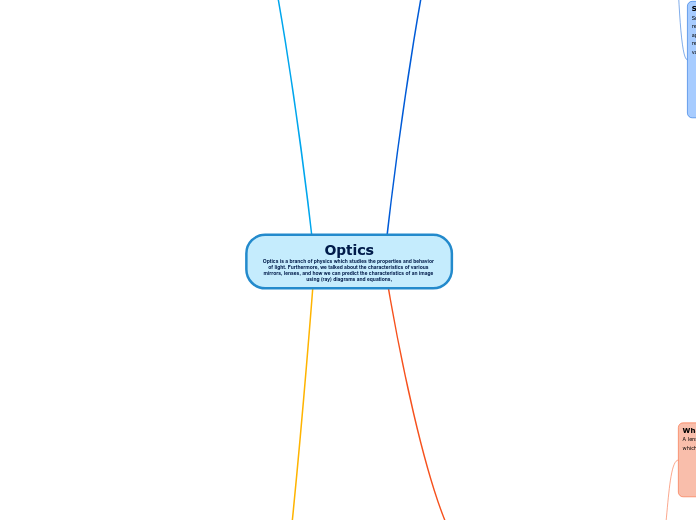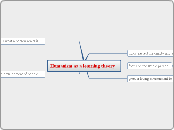a Ingrid Callejas 2 éve
168
Method: "the six teaching methods associated with cognitive apprenticeship".
In the context of cognitive apprenticeship, various teaching methods are employed to enhance student learning and problem-solving abilities. One effective approach is delaying expert modeling to allow students to explore and potentially make mistakes, which can be valuable learning experiences.









